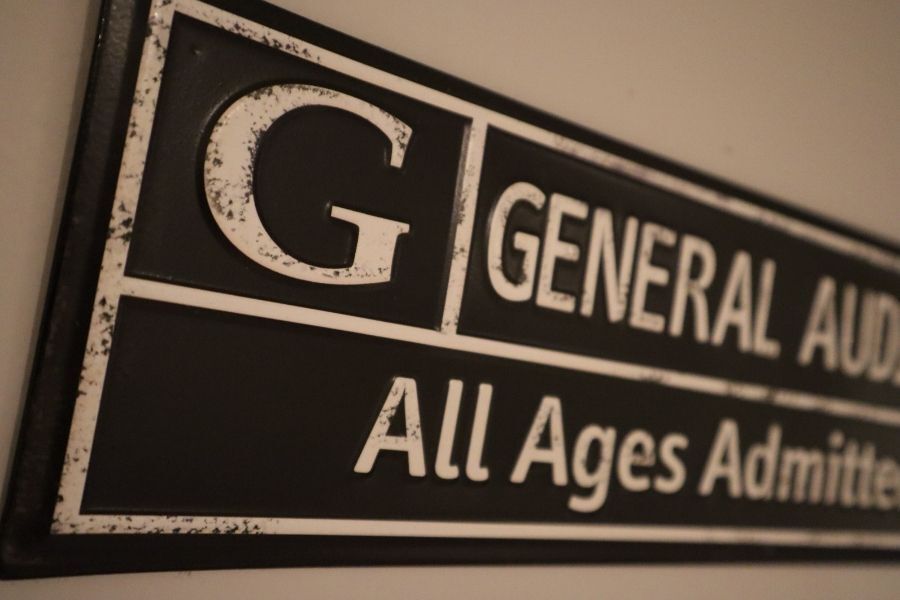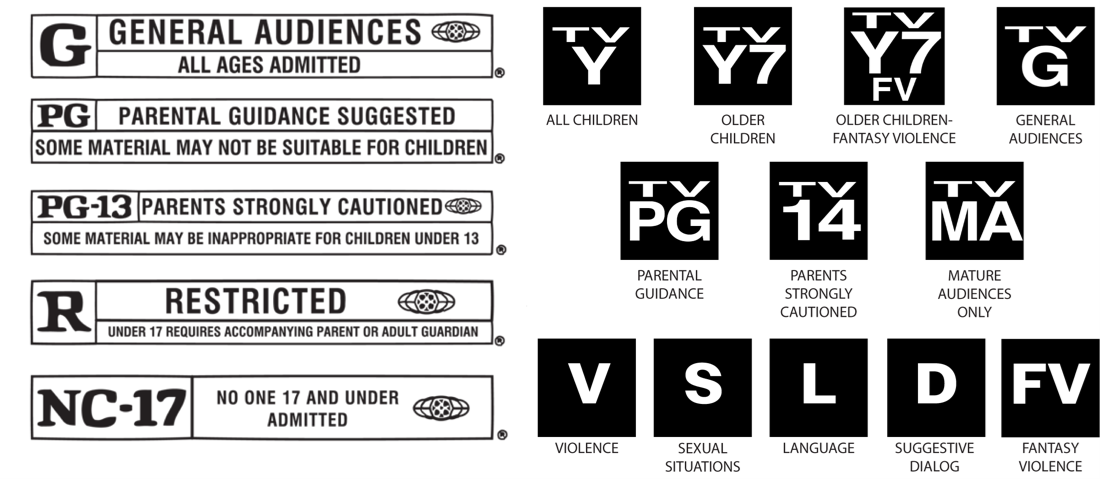Film Classifications Explained: A Guide to Age Ratings
You may be familiar with seeing a large 'PG' or 'R' flash on your screen before a movie begins. Most have a general idea of what these age ratings mean and how they indicate the appropriateness of a film's content. However, they may not understand the process or the criteria for how movies are classified. Today, most movies are released on multiple online platforms and movie theaters simultaneously. As a result, worldwide audiences have more access to internationally produced content than ever before, so understanding age ratings for films is more important than ever. This post discusses US film ratings are determined, explains the different movie classifications, and how they are essential in international distribution.
Why Are There Movie Ratings?
In the United States, the
MPAA (Motion Picture Association of America), an industry, non-governmental organization, created the current rating system in 1968. It is designed to educate and inform parents to make appropriate movie-viewing choices for their children and families and provide a unified classification of film titles. This system was created to prevent the film industry from simply denying a film’s distribution based on a set of moral standards on which not everyone may agree.
Many countries, including some of the world's largest movie markets, utilize governmental censors or regulators to provide age ratings. Unlike the US, where the banning of films is extremely rare, movies and TV shows are routinely censored or banned in countries like China, Russia, Malaysia, and several Middle Eastern countries.
What are the Ratings Used in Film Classifications?
Content is classified for audience suitability based on several factors. Most countries have a unique set of ratings, possibly none, but many classification systems look at similar influencing factors to determine an age rating. Elements such as language, sex, nudity, drug use, violence, horror, discrimination, and other dangerous behavior are common citations for different age ratings.
The same five movie age ratings in the United States have been in place since 1990 when the NC-17 rating was introduced to replace the former X-rating. We detail the individual ratings below.
General Audiences (G): This rating is generally viewed as accessible for all ages. Ideally, this rating is given to a movie deemed appropriate enough for children to watch without any permission or guidance from parents or adult guardians.
Parental Guidance Suggested (PG): With PG ratings, a parent may or may not need to make a judgment call if the material is suitable for their children. Typically, PG films may include animated violence or language that may not be suitable for younger children. In this case, a parent may accompany a child to a viewing at a movie theater.
Parents Strongly Cautioned (PG-13): This rating may be newer than you realized, having been created in 1984 to alert parents of slightly intense content. This rating gets the name PG-13 as it suggests the movie may not be appropriate for pre-teenage children. Themes such as stronger language and more graphic violence or horror may be prevalent in films with PG-13 ratings. Parents should be cautious and accompany children under 13 to see a movie with this rating.
Restricted (R): A movie with an R rating will certainly contain adult content. This means parents would be wise to learn more about the film before deciding whether to allow a child to accompany them to watch this movie. Anyone under 17 needs a parent or adult guardian present to be admitted to a film screening.
No One 17 and Under Admitted (NC-17): NC-17 ratings flag parents the movie in question is clearly for adult eyes only, and children will not be permitted to any movie theater showings, regardless of granted adult permission or not. Whereas other movie ratings allow parents to choose what their children get to see, the NC-17 rating was proposed by the National Association of Theater Owners (NATO) to prevent legal action from happening.
It is not a requirement for films or TV shows to be submitted for a rating in the US—unless they seek commercial release. A movie is labeled as unrated (UR) or not rated (NR) if no rating is sought or available. This is not common. While some filmmakers may elect not to have their films rated, they significantly reduce the work's commercial and financial opportunities. Many platforms and theaters refuse to exhibit unrated, or NC-17 films (mostly because there is little market for them), and many online platform search algorithms automatically exclude such content in their results.
How Are U.S. Movie Ratings Determined?
The MPAA ratings board consists of three MPAA staff “senior raters” and no more than ten anonymous parental members, all with kids between the ages of five and 15. Members are limited to seven year terms, or until their youngest child turns 21, whichever comes first. These board members make up a group known as the Classification and Rating Administration (CARA). Members view submitted films, discuss their thoughts, and vote on a final rating. The findings are then reported to a producer of the film. The determined rating can always be disputed by the filmmaker or re-submitted once appropriate edits are made to adjust the movie's rating before release. An appeals board can overturn rating decisions by a majority vote.
Ratings are established for the life of the film. Only in cases where revisions are made, additional content added (e.g., a “Director’s Cut”), country regulatory edits are required, or the producer appeals will the MPAA reconsider re-rating a film.
For example, the MPAA originally wanted to rate Steven Spielberg’s 1984 film “Indiana Jones and the Temple of Doom” with an “R” rating due to the graphic depiction of a beating heart torn from a man’s chest and child slavery. Spielberg argued an “R” was too restrictive while acknowledging the film’s PG rating caused difficulty for many parents given the content. He called on the MPAA to create a new rating between PG and R. The MPAA obliged, creating the PG-13 rating.
Spherex: Localized Age Ratings Services Provider
As the industry authority on local age ratings globally, our mission at Spherex is to inspire a more tolerant and harmonious world, one story at a time. When it comes to movies and TV shows, one size does not fit all. To assist filmmakers in reaching international audiences, Spherex has introduced a first-of-its-kind technology that culturally adapts content for markets worldwide to increase engagement, drive more revenue faster, and avoid legal and regulatory risk. Known as Spherexgreenlight™ this technology provides content creators with the information they need to tailor their title to fit any appropriate age rating and find their best market.
Take the guesswork out of film classification and the risk out of international expansion. Contact us today!
Related Posts

SILICON VALLEY
2336-H Walsh Ave.
Santa Clara, CA 95051
+1(408) 550-2344
LOS ANGELES
3900 W Alameda Ave.
Burbank, CA 91505
+1(310) 496-7307










